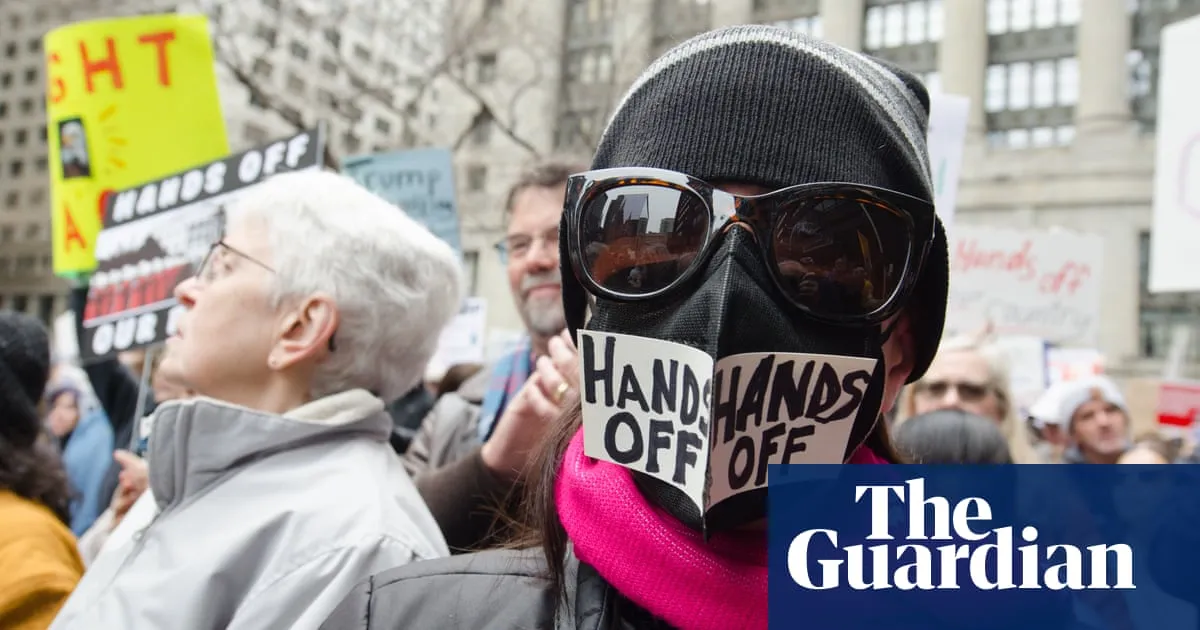
In recent weeks, the political landscape in the United States has been pulsating with energy as anti-Trump protests have erupted across the nation. These demonstrations, fueled by public sentiment against former President Donald Trump, have drawn significant crowds, highlighting a growing movement of dissent.
From coast to coast, cities like New York, Los Angeles, and Chicago have witnessed massive gatherings of protesters expressing their opposition to Trump’s policies and actions. The protests have not only attracted locals but have also garnered national attention, showcasing the deep divide in American politics. As the protests unfold, the message is clear: a substantial portion of the population is eager to voice their discontent with Trump’s political maneuvers.
The anti-Trump protests are driven by various critical issues, including concerns over social justice, climate change, and economic inequality. Activists are uniting under these common banners, emphasizing the need for change and accountability. Many protesters are particularly focused on Trump's controversial policies that they believe have exacerbated these pressing issues.
Social media platforms have played a pivotal role in organizing these protests. Activists are leveraging platforms like Twitter and Facebook to mobilize supporters and disseminate information rapidly. This digital outreach has been instrumental in bringing together diverse groups who share a common goal: to challenge Trump’s influence on American society.
As the anti-Trump protests continue to gain traction, media coverage has also intensified. News outlets are closely following these events, reporting on the size of the crowds and the messages being conveyed. Public response has been mixed, with some supporting the protests as a necessary expression of democratic rights, while others argue that they contribute to division within the country.
The future of the anti-Trump protests remains uncertain, but their impact on the political climate is undeniable. As more citizens engage in activism, the conversation surrounding Trump’s legacy and the direction of American politics will likely intensify. With the 2024 elections on the horizon, these protests may play a crucial role in shaping the electoral landscape.
In conclusion, the ongoing anti-Trump protests across the United States reflect a significant moment in the nation’s political discourse. As individuals continue to raise their voices against perceived injustices, the call for change resonates louder than ever.